Wed 18 Feb 2015 in Crew Boats, OWJ Support / Installation Vessels by Philip Woodcock
A little over a year ago, the shipping press was full of negative articles about crewboat safety in the offshore wind
industry following the release of the Marine Accident Investigation Branch (MAIB) report 23/2013 on Windcat 9 and
Island Panther. The image of the industry was not helped when ECC Topaz caught fire off Lowestoft in the second week
of 2014.
At the end of January that year, the annual general meeting of the National Workboat Association (NWA) was held, at
which the managing directors of Windcat, Island Shipping and East Coast Charters were present. To my surprise, nobody
asked them to stand up and share their lessons learned. This got me thinking that perhaps there were issues with safety
culture in the offshore wind industry, as exemplified by an unwillingness to discuss safety openly.
In my own organisation, I realised that we needed to move beyond safety for compliance sake to an active safety culture.
From all the headlines, the image that was being projected was very negative, essentially untrue and hard to refute.
With the support of the executive committee of the NWA, the NWA Safety Forum was created with two initial objectives:
to provide a place where safety information and lessons learned can be shared openly and to gather health and safety
statistics so that the workboat industry can benchmark itself so that the question of ‘Are you safe?’ can be answered with
facts.
The first objective has been easy to achieve. It was agreed in MAIB 23/2013 that the International Marine Contractors
Association (IMCA) safety flash system is the best tool for distributing safety information and lessons learned to the
industry in an anonymised fashion.
The forum has provided a venue to encourage members to discuss recent safety incidents in an ‘off the record’ session
and to allow non-IMCA members to submit safety flashes into the system. This saw 12 windfarm-related safety notices
being submitted to IMCA in the first 11 months of 2014.
The forum has produced the most interesting results, with members having to learn to trust each other with information
that previously would have never seen the light of day. One now sees bitter commercial rivals asking for assistance,
which is heartening. The first meeting of 2015 saw 15 companies attending, and plans are being made for an open forum
meeting at Seawork 2015.
Gathering meaningful safety statistics is proving to be a more challenging task, as numbers without context are
meaningless. The G9 Offshore Wind Health and Safety Association found this out with their seminal 2013 Annual
Incident Data Report.
This was the first transparent sharing of safety statistics of the offshore wind industry from the developer’s side.
Unfortunately, it gives numbers only without any context, so it is hard to determine whether the results are good or bad.
G9 has recognised these shortcomings and will report its 2014 statistics normalised against exposure hours. It will also
work harder on classification to reduce the number of unclassified reasons.
The safety forum has found that many members keep statistics for the crew, which makes the exercise relatively easy for
the operators of traditional workboats such as tugs and multicats. The challenge has been presented by crew transfer
vessels, as they carry passengers on a 12-hour shift but the passengers are rarely on the boat for the entire shift.
If an incident occurs to a passenger when they are on the boat, the boat operator needs to record that against their own
statistics. It therefore stands to reason that the boat owner takes advantage of the exposure hours accumulated by the
passengers. In this lies the problem, as very few crew transfer vessel operators capture passenger time onboard in order to
be able to produce accurate exposure hours. The forum has produced a method of estimating hours and will try and work
with the suppliers of passenger-tracking systems to see if it is possible to get more of the passenger time onboard
captured.
The health and safety statistics gathering for 2014 went live in January, and members will be encouraged to submit data at
the upcoming annual general meeting.
Much effort has been made by the offshore wind industry to improve the awareness of safety in 2014, and operators of
workboats supporting the industry are collaborating hard to ensure that they are not the weak link in the chain. OWJ
*Philip Woodcock is operations manager/QHSE/marine manager at Workships Contractors in The Netherlands and
chairman of the National Workboat Association Safety Forum



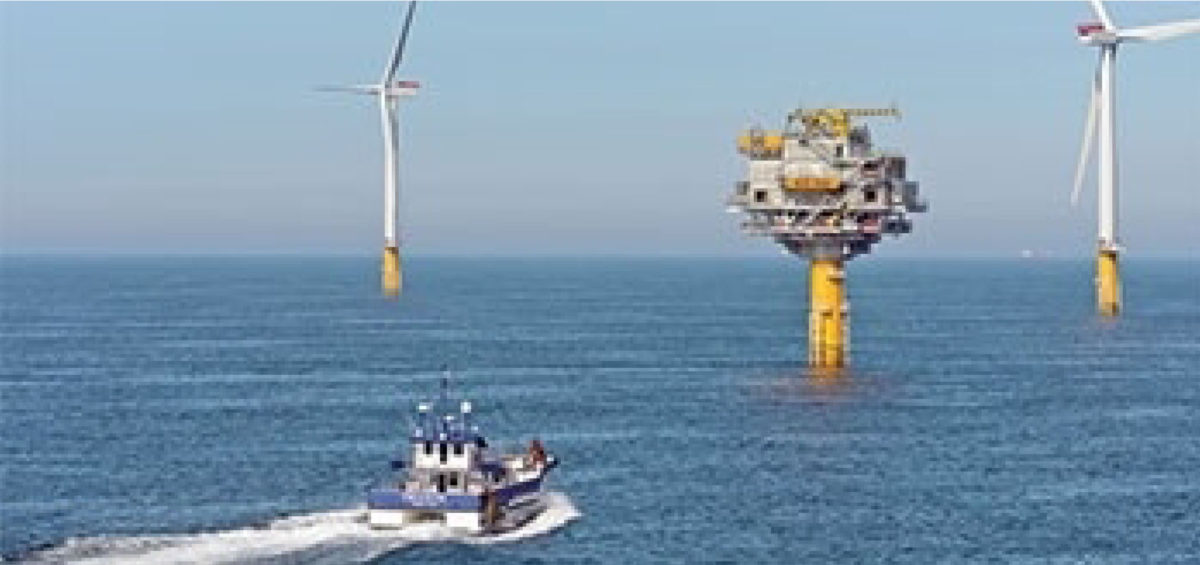
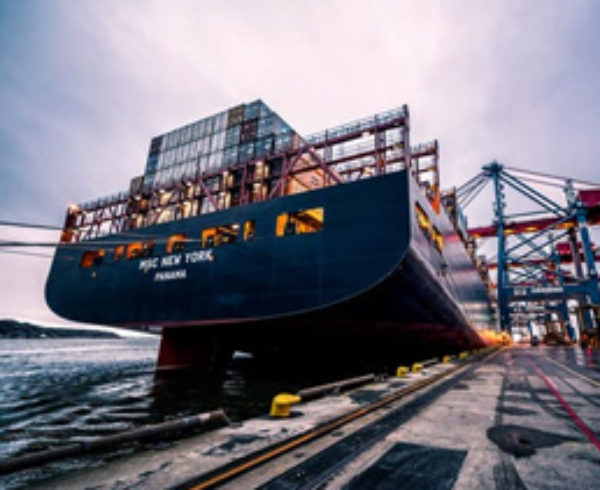
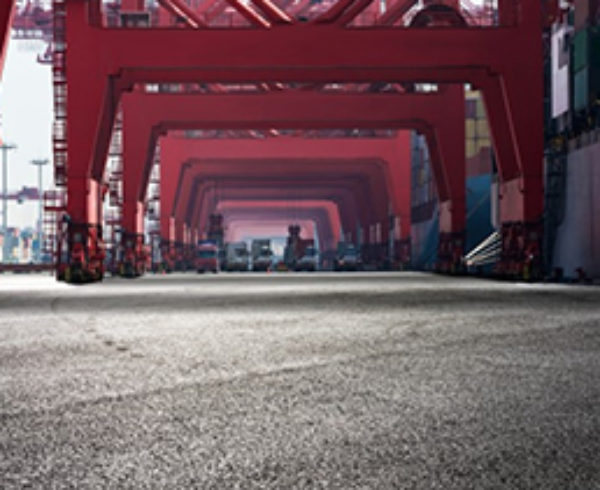
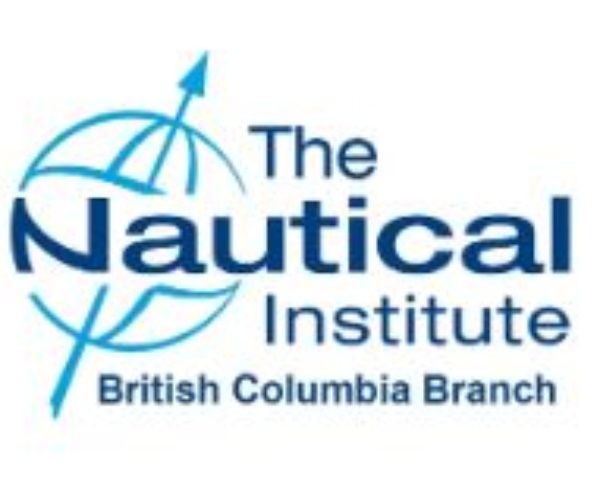
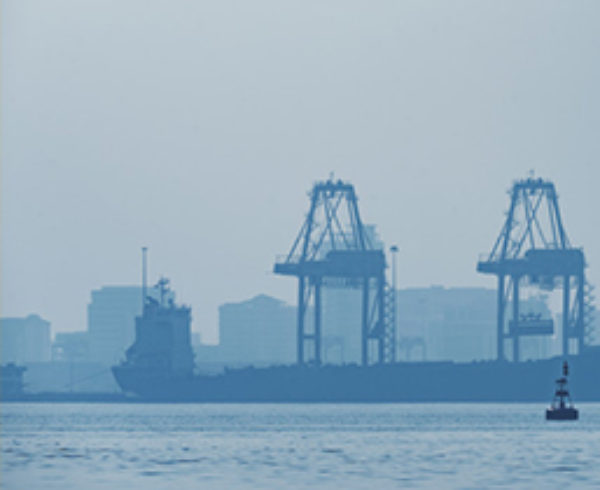
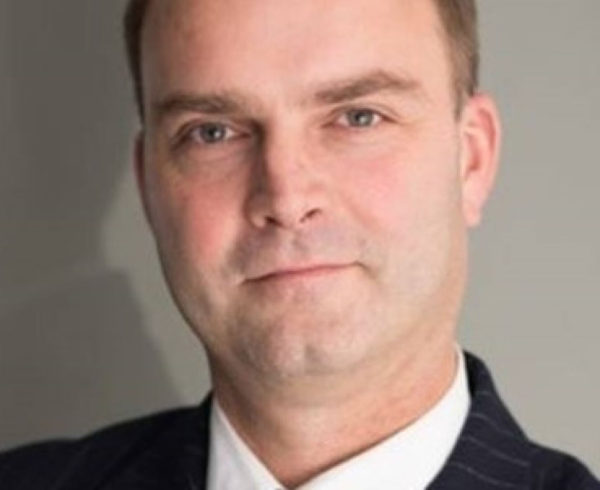
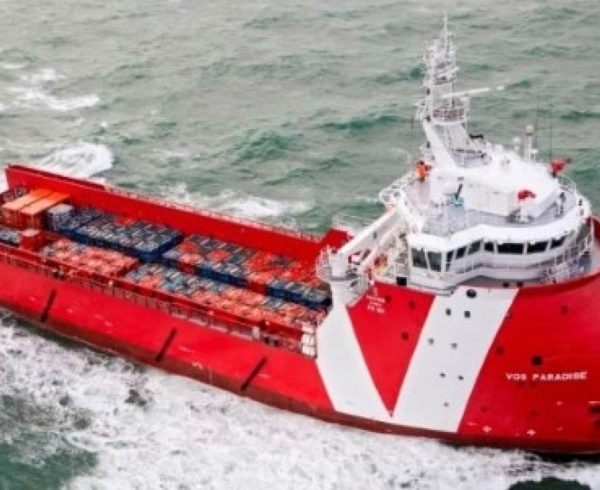
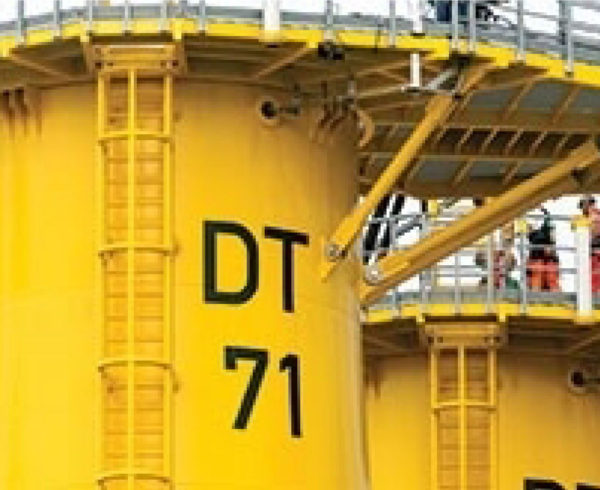
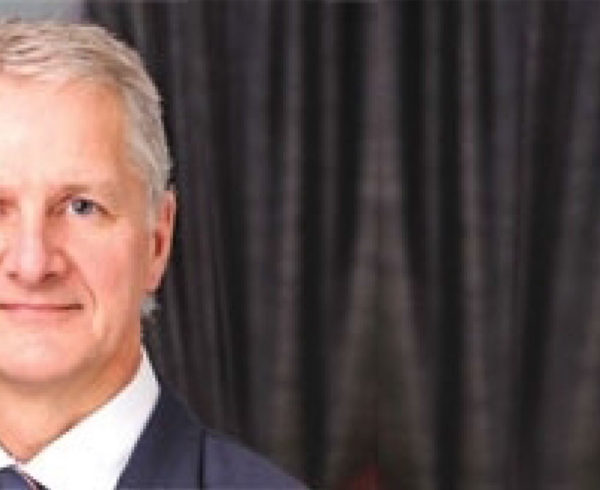

Leave a Comment